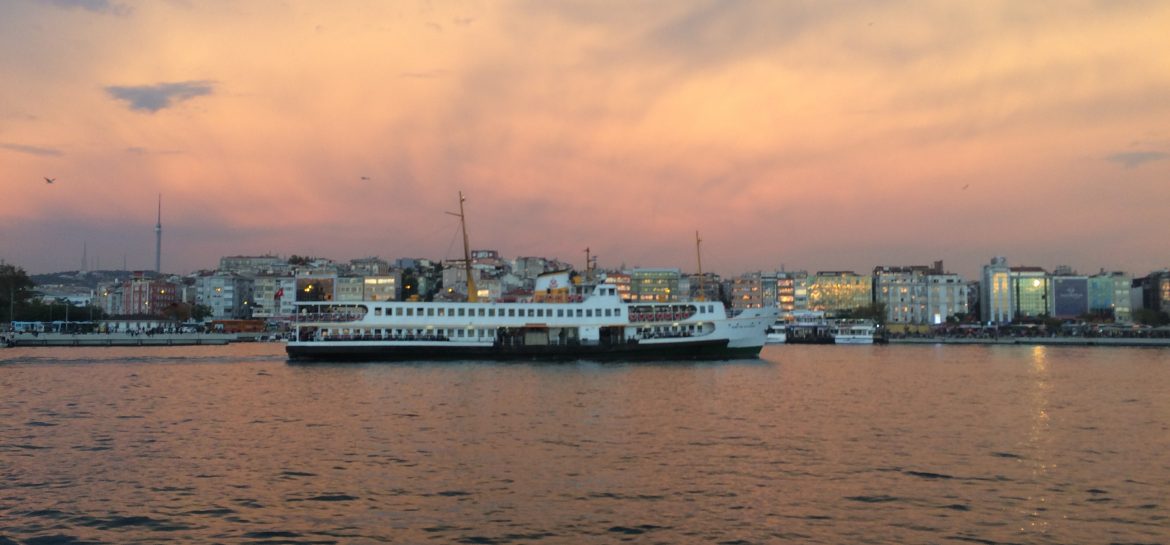Will Istanbul’s Massive New Canal Be an Environmental Disaster?

For National Geographic:
Istanbul — On a bluff overlooking the Sazlıdere Dam just west of Istanbul, a bust of Mustafa Kemal Atatürk, modern Turkey’s founder, is accompanied by a quote: “The villager is the true master of the nation.” But the villagers here know little of what the government plans for them, except that they will not be around to see it.
The farmers, fishermen, and shepherds here have watched the forests covering the hilltops surrounding their hamlet rapidly replaced by skyscrapers and sprawling housing developments. Now, the largest infrastructure project Turkey has ever undertaken will displace them altogether.
“Whoever cuts a branch from my forest, I will cut his head,” Sultan Mehmed II, who led the Ottomans into Istanbul, is said to have ordered in the 1400s. Today, thousands of trucks carrying soil and construction materials kick up dust along the roads north of Istanbul, depleting those forests that had been protected by sultans for five centuries.
Of three interlinked projects in the area, the most ambitious is Canal Istanbul (also called Istanbul Kanal), a massive shipping canal meant to route traffic from the Bosporus some 18 miles (30 kilometers) to the east. The homes alongside the new seaway will be replaced with upscale residential and commercial areas. With construction set to start there any day now, real estate speculators descend on the area, clamoring for locals to sell them their land.
The government has said the canal will be 30 miles (45 kilometers) long and 80 feet (25 meters) deep, and at some points up to one kilometer wide. It will start at Lake Küçükçekmece, a naturally formed lagoon on the Marmara Sea coast west of Istanbul, go north through the Sazlıdere Dam and Şamlar village, and connect to the Black Sea to the north. Soil excavated to form the canal will be used to build three artificial islands in the Marmara Sea. When completed, the canal will turn the densest part of the city, including its historic center, into an island. The area also straddles one of the world’s most active fault lines.
Continue reading here.